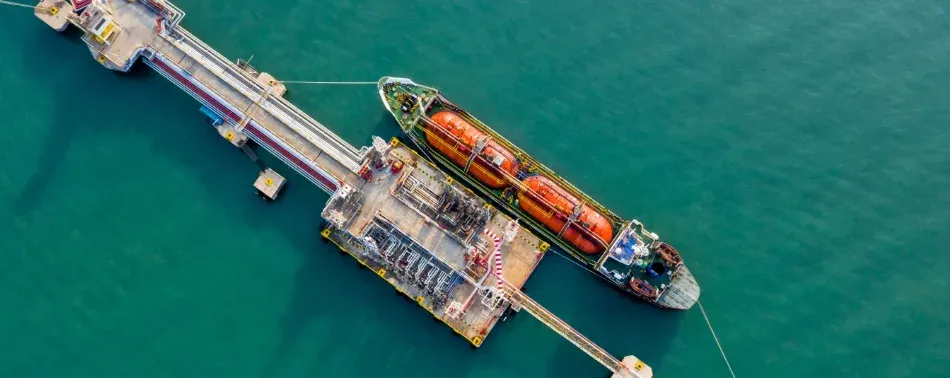Content gauges for LPG pressure vessels

The current energy crisis due to the Russian invasion of Ukraine has seriously impacted Europe’s traditional energy supply, with important consequences for its economy. In response, the continent is striving to find solutions to diversify its energy mix and increase its ‘strategic autonomy’. Among the first emergency solutions, many countries in Europe are resorting to importing gas in its liquid format (liquefied petroleum gas, or LPG) from other countries to partly offset the Russian gas coming through pipelines.
Most of this gas is stored in a safe and easy way in millions of static bulk LPG vessels across Europe. These vessels are filled by volume with liquid gas and rely on contents gauges to indicate their percent liquid contents. Similar contents gauges are also present in transportable LPG vessels, drums or cylinders.
A new European Standard - EVS-EN 13799 provides update guidelines to ensure these content gauges respond to the highest possible safety levels. This standard is a revision of a previously existing one. Its major changes revision include: a revision of operational conditions; the introduction of new requirements for rubber material, telemetry and gauge repeatability; and the instructions for a new accuracy test.
The repeatability requirements and the accuracy test facilitate meeting the criteria set out in the standard, therefore ensuring confidence in the volume of LPG in a pressure vessel. Furthermore, telemetry is a technology that can be used for collecting gauge data and transmitting it to a remote location by wire or wireless connection. This helps notify customers or suppliers whenever vessel contents are getting too low, allowing them to schedule deliveries when needed.
EVS-EN 13799 was developed by representatives of the major European Contents Gauge Manufacturers, notified bodies and LPG industry experts.
The standard can be purchased from our e-shop.